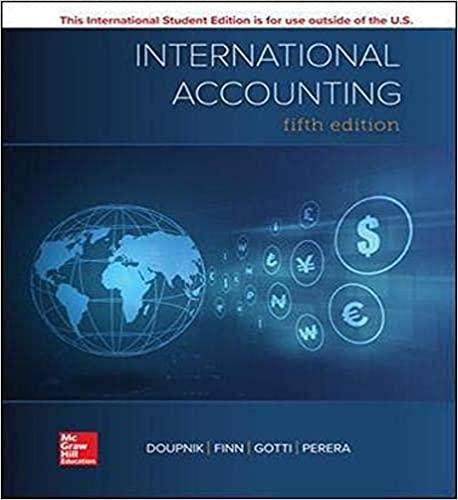Answered step by step
Verified Expert Solution
Question
1 Approved Answer
please answer asap Question 1 Not yet answered Nacked out of 40.00 Finish Time QUESTION 1 [40 MARKS] REDD Forest Carbon Accounting Reducing Emissions from
please answer asap 

Question 1 Not yet answered Nacked out of 40.00 Finish Time QUESTION 1 [40 MARKS] REDD Forest Carbon Accounting "Reducing Emissions from Deforestation and Forest Degradation (REDD) is a mechanism to create an incentive for developing countries to protect, better manage and wisely use their forest resources, contributing to the global fight against climate change. REDD strategies aim to make forests more valuable standing than they would be cut down, by creating a financial value for the carbon stored in trees. Once this carbon is assessed and quantified, the final phase of REDD involves developed countries paying developing countries carbon offsets for their standing forests. The amount of money that needs to be transferred from developed to developing countries is largely accepted as being large in excess of $20 billion annually 'Forest carbon accounting can be divided into three forms: (1) Stock accounting assesses the magnitude of carbon stored in forest ecosystems at a single point in time. (2) Emissions accounting assesses the net greenhouse gas emissions to the atmosphere resulting from forests (3) Emission reductions accounting assesses the decrease in emissions from project or policy activities, often so that they can be traded. Source: REDD and Forest Carbon: Market-Based Critique and Recommendations (2011) and UNDP Forest Carbon Accounting: Overview and Principles (2009) respectively, Required: (a) What are the main impetuses (incentives or motivations) for the introduction of REDD? [10 marks) Question 1 Not yet answered Nacked out of 40.00 Finish Time QUESTION 1 [40 MARKS] REDD Forest Carbon Accounting "Reducing Emissions from Deforestation and Forest Degradation (REDD) is a mechanism to create an incentive for developing countries to protect, better manage and wisely use their forest resources, contributing to the global fight against climate change. REDD strategies aim to make forests more valuable standing than they would be cut down, by creating a financial value for the carbon stored in trees. Once this carbon is assessed and quantified, the final phase of REDD involves developed countries paying developing countries carbon offsets for their standing forests. The amount of money that needs to be transferred from developed to developing countries is largely accepted as being large in excess of $20 billion annually 'Forest carbon accounting can be divided into three forms: (1) Stock accounting assesses the magnitude of carbon stored in forest ecosystems at a single point in time. (2) Emissions accounting assesses the net greenhouse gas emissions to the atmosphere resulting from forests (3) Emission reductions accounting assesses the decrease in emissions from project or policy activities, often so that they can be traded. Source: REDD and Forest Carbon: Market-Based Critique and Recommendations (2011) and UNDP Forest Carbon Accounting: Overview and Principles (2009) respectively, Required: (a) What are the main impetuses (incentives or motivations) for the introduction of REDD? [10 marks) 

Step by Step Solution
There are 3 Steps involved in it
Step: 1

Get Instant Access to Expert-Tailored Solutions
See step-by-step solutions with expert insights and AI powered tools for academic success
Step: 2

Step: 3

Ace Your Homework with AI
Get the answers you need in no time with our AI-driven, step-by-step assistance
Get Started


